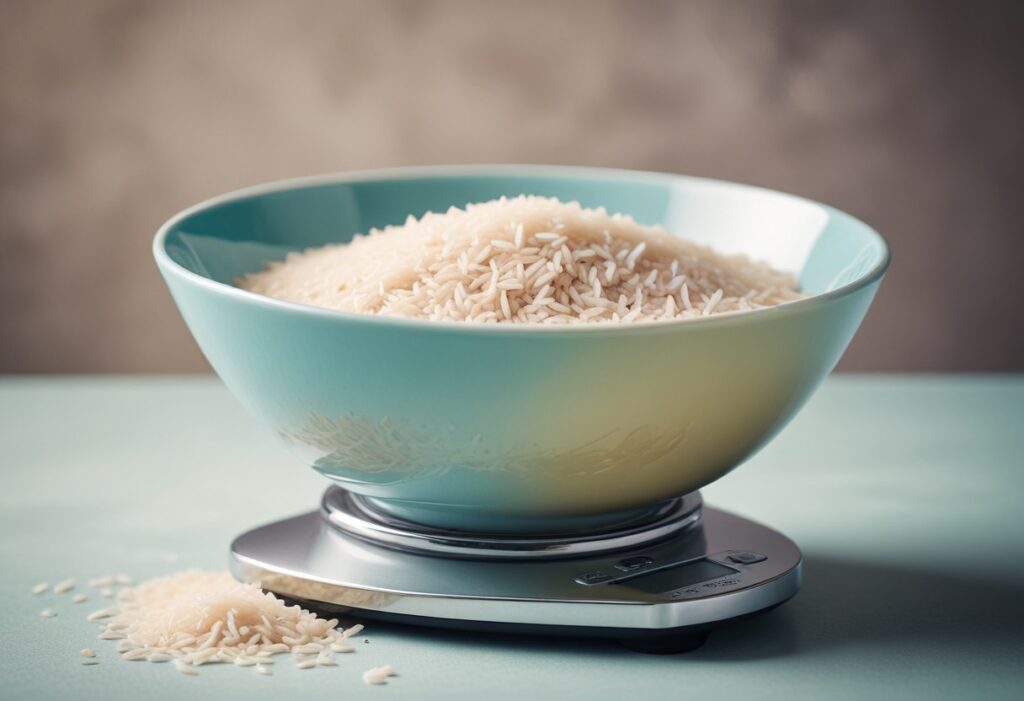Achieving a caloric deficit is a fundamental strategy for fat burn. By consuming fewer calories than your body needs to maintain its current weight, you force your body to use stored fat for energy, leading to fat loss.
In this article, we’ll explore effective ways to create and maintain a caloric deficit, along with tips to ensure you stay on track.
How to calculate your caloric needs

To achieve a caloric deficit, you first need to determine your daily caloric needs.
This can be done using the Basal Metabolic Rate (BMR) and Total Daily Energy Expenditure (TDEE) calculations.
BMR represents the number of calories your body needs at rest, while TDEE accounts for physical activity.
Calculate TDEE: Multiply your BMR by an activity factor (e.g., sedentary, lightly active, very active).
Calculate BMR: Use an online BMR calculator or the Harris-Benedict equation to find your BMR.
Effective ways to create a caloric deficit for fat burn
Creating a caloric deficit involves either reducing your calorie intake, increasing your physical activity, or a combination of both. Here are some practical tips:
- Reduce portion sizes: Cutting down on portion sizes can significantly lower your calorie intake without drastic changes to your diet.
- Choose low-calorie foods: Opt for nutrient-dense, low-calorie foods such as vegetables, fruits, lean proteins, and whole grains.
- Increase physical activity: Engage in regular exercise, including cardio and strength training, to burn more calories and boost your metabolism.
- Track your intake: Use a food diary or app to monitor your daily calorie consumption and ensure you stay within your target range.
Best foods to include in a caloric deficit diet
Eating the right foods can help you feel full while maintaining a caloric deficit. Here are some foods that are both low in calories and high in nutrients:
- Leafy greens: Spinach, kale, and other leafy greens are low in calories and high in vitamins and minerals.
- Lean proteins: Chicken breast, turkey, tofu, and fish are excellent sources of protein with relatively low calorie counts.
- Fruits and vegetables: These are high in fiber and water, which can help you feel full and satisfied.
- Whole grains: Foods like oats, quinoa, and brown rice provide fiber and essential nutrients while keeping you full longer.
Common challenges and how to overcome them
Maintaining a caloric deficit can be challenging, but with the right strategies, you can overcome common obstacles:
- Dealing with hunger: Include high-fiber foods in your diet and drink plenty of water to help curb hunger.
- Staying motivated: Set realistic goals and track your progress to stay motivated. Consider joining a support group or finding a workout buddy.
- Managing cravings: Plan your meals and snacks to include healthier alternatives to your favorite high-calorie foods.
How to maintain muscle mass while in a caloric deficit
Losing fat while preserving muscle mass is important for maintaining a healthy metabolism. Here are some tips:
- Adequate rest: Get enough sleep and allow your muscles time to recover between workouts.
- Eat enough protein: Ensure your diet includes adequate protein to support muscle repair and growth.
- Strength training: Incorporate resistance exercises into your workout routine to build and maintain muscle.
Frequently asked questions
Can you achieve a caloric deficit without exercise?
Yes, but combining dietary changes with physical activity can enhance fat loss and improve overall health.
How quickly can you see results with a caloric deficit?
Results vary, but with consistent effort, you may start to notice changes in a few weeks. Aim for a gradual, sustainable weight loss of 1-2 pounds per week.
Is it safe to maintain a caloric deficit long-term?
It’s generally safe if done correctly. Ensure you’re getting adequate nutrients and consult with a healthcare provider before making significant changes to your diet.